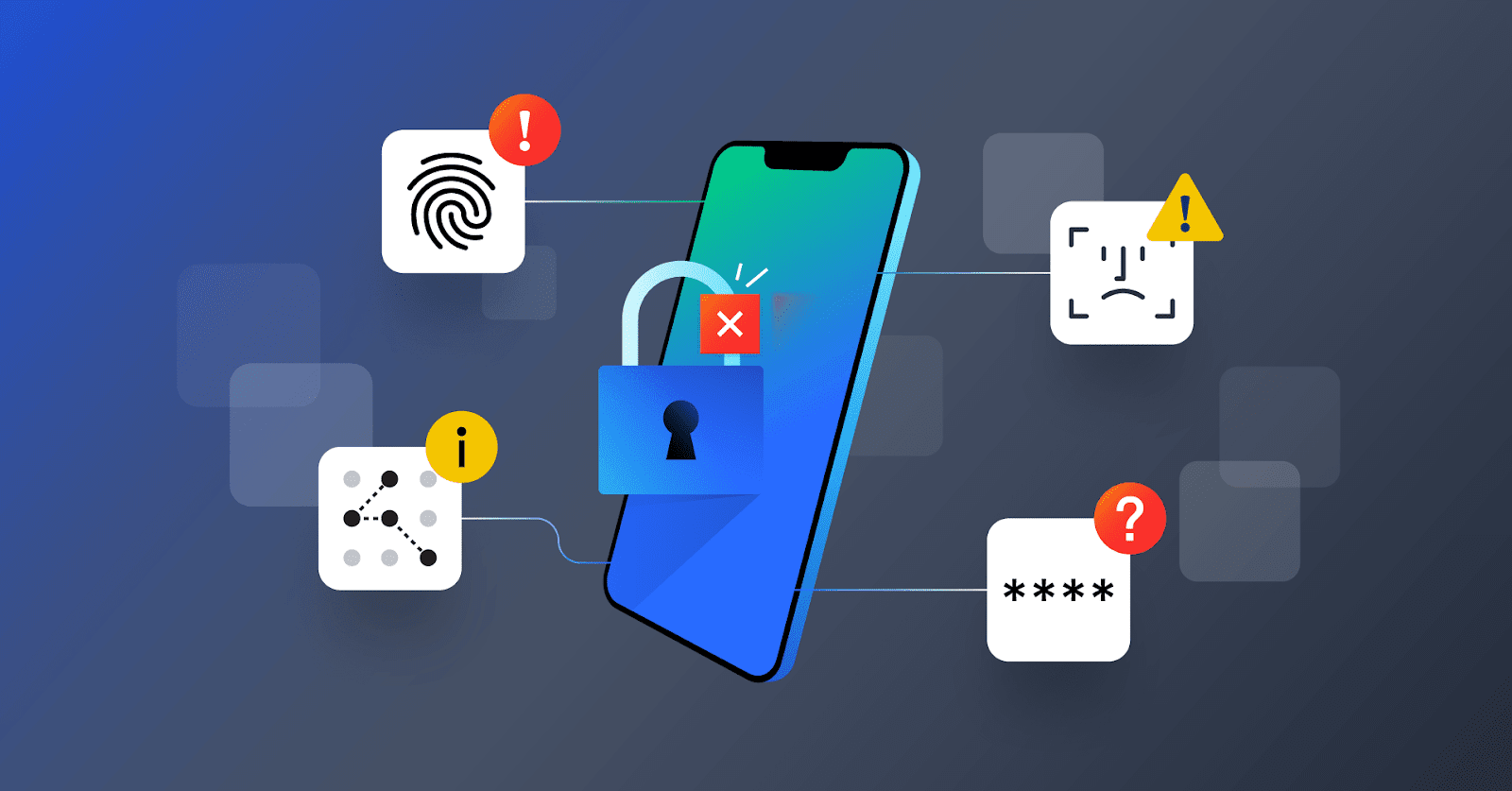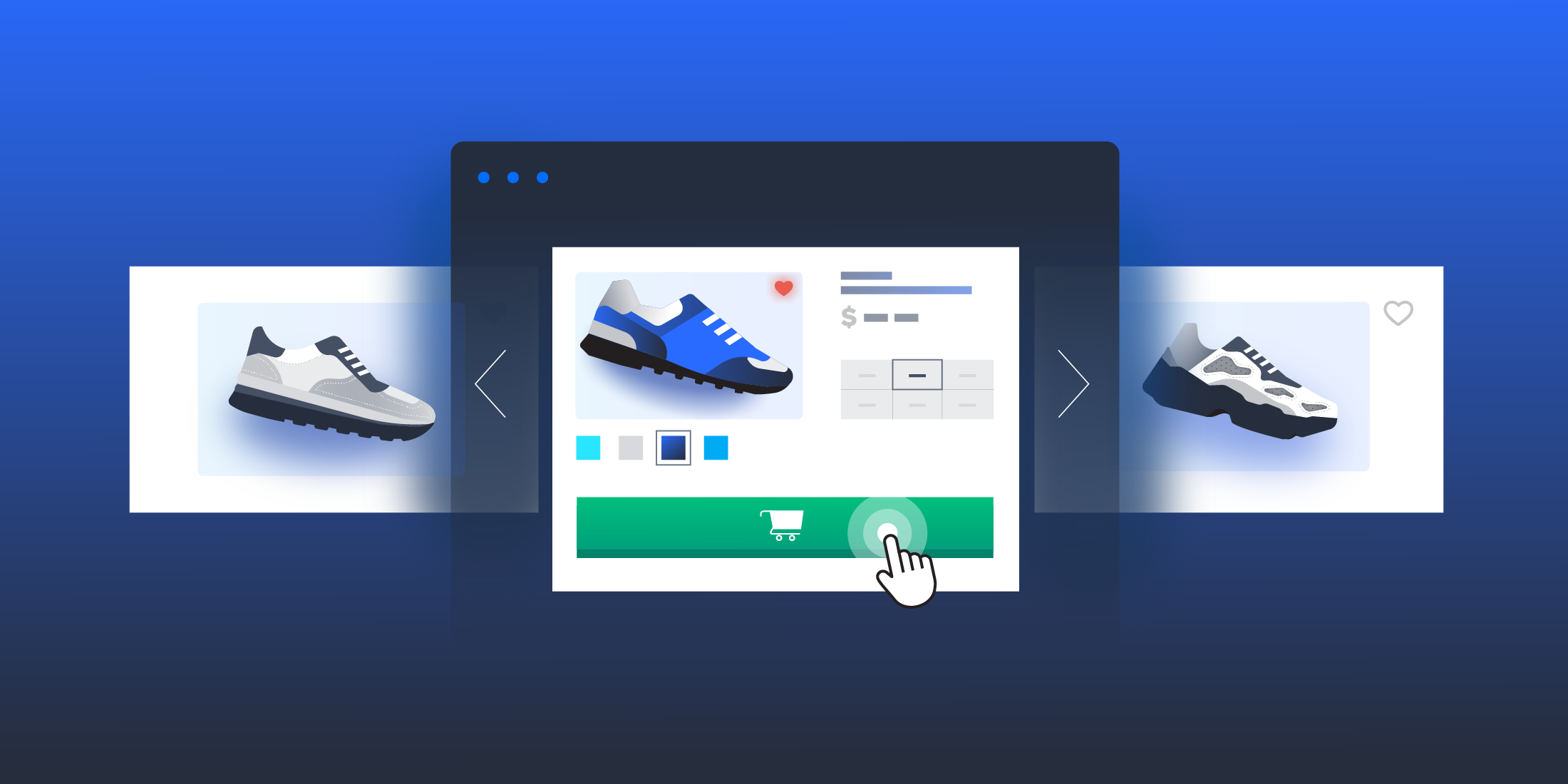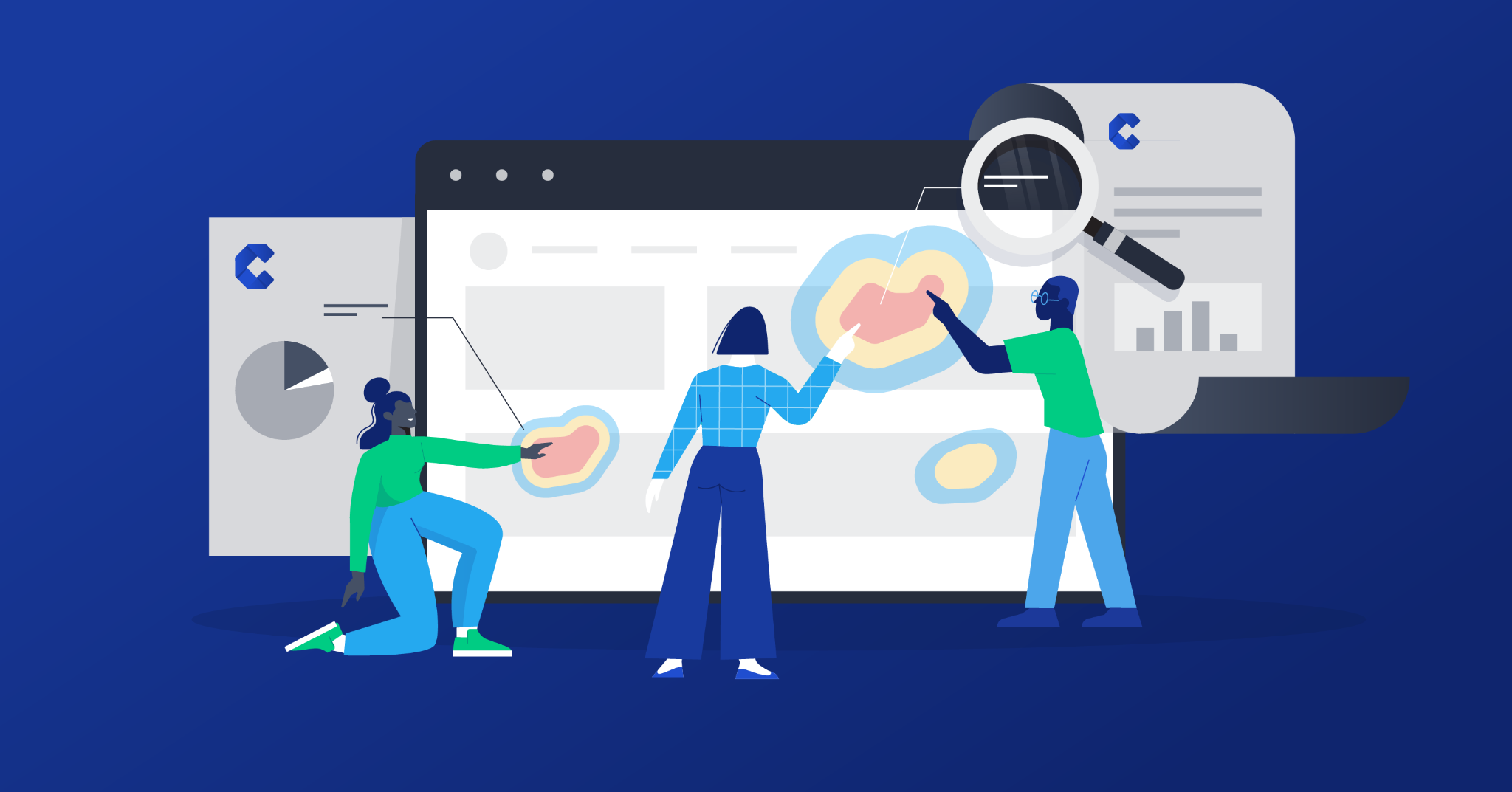How to Avoid 5 Types of Cognitive Bias in User Research
Cognitive biases can skew user research, leading to design changes that don’t address your customers’ real needs. Build digital products that users will love by mitigating these common biases.

Rima Khachatryan
How Chatbot Features Can Elevate the E-commerce Search Experience
Applying chatbot features to e-commerce search can increase user satisfaction while tackling the pervasive and costly problem of search abandonment. These chatbot UX best practices will help your customers find what they’re looking for.

Khatia Gagnidze
6 Ways to Make Authentication Systems More User-friendly
Boost customer satisfaction and loyalty by designing a safe, consistent, and user-friendly authentication system.

Mayank Sharma
Beyond Text: Designing the Future of AI Prompting
Generative AI is a potent tool, but text prompting can make it hard for users to get the results they want. Four design experts share ideas for making AI prompting more intuitive and accessible to a wider range of users.

Micah Bowers
Can Designers Make the Metaverse Less Awkward?
UX designer Pam Nicholls has created video games and augmented reality experiences for companies like Electronic Arts, Ubisoft, and DreamWorks Animation. Here she explores designing for the metaverse and reveals innovative ways to make the user experience more intuitive and accessible.

Pam Nicholls
Business Is Booming: A Guide to E-commerce UI/UX Design for Older Consumers
As the world’s population ages, retailers hoping to attract and retain customers will have to tailor their e-commerce interfaces to appeal to savvy older consumers.

Laurence Brothers
Elevate Your E-commerce Journey With Animated UX Microinteractions
Toptal experts share their insights and best practices for designing motion effects that enhance e-commerce UX and increase conversions.

Emily Adiseshiah
Using Microsoft Clarity to Better Understand Users
Microsoft Clarity enables you to analyze how users interact with your website. What are Clarity’s unique features, and how can they improve your website’s user experience?

Ahmed Osman
Why Internal Corporate Software Is So Frustrating (with Infographic)
At the enterprise level, user mistakes can imperil thousands of employees, customers, and shareholders. With so much at stake, usability isn’t a luxury; it’s mandatory.

Micah Bowers
World-class articles, delivered weekly.
Toptal Designers
- Adobe Creative Suite Experts
- Agile Designers
- AI Designers
- Art Direction Experts
- Augmented Reality Designers
- Axure Experts
- Brand Designers
- Creative Directors
- Dashboard Designers
- Digital Product Designers
- E-commerce Website Designers
- Full-Stack Designers
- Information Architecture Experts
- Interactive Designers
- Mobile App Designers
- Mockup Designers
- Presentation Designers
- Prototype Designers
- SaaS Designers
- Sketch Experts
- Squarespace Designers
- User Flow Designers
- User Research Designers
- Virtual Reality Designers
- Visual Designers
- Wireframing Experts
- View More Freelance Designers
Join the Toptal® community.








